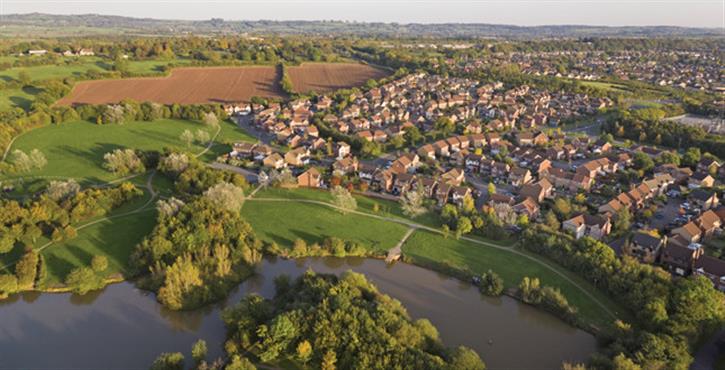


Steve Sutton, Technical Manager at the Heating and Hotwater Industry Council, explores some of the challenges involved with introducing hydrogen as a fuel source for UK homes.
The UK gas industry is a national asset, invested in for decades to provide over 85% of the population with a secure flexible source of energy. Gas as an energy source has been used for over 200 years and, as we move towards a low carbon future, the gas grid takes centre stage.
We all know that decarbonising heat is tricky, but necessary if we are to meet our climate change obligations, and gas has a critical role to play in the process – specifically ‘green gas’. This may all seem unconnected to a heating engineer’s day job, but when the future of the industry relies upon the strength of its developments, it’s important for the entire supply chain to remain up to speed.
For some time HHIC has been raising awareness of the unquestionable benefits of ‘green gas’, and this message has been very well received. Both the government and industry recognise this, so the focus now is really on ‘when’, rather than ‘if’.
In April, as part of a research programme, the Department for Business, Energy and Industrial Strategy (BEIS), published Appraisal of domestic hydrogen appliances, a study that explores the engineering challenges of developing domestic gas boilers, cookers, and fires that can run on 100% hydrogen. The report is the start of the process for the next stage of BEIS’s £25 million Hydrogen for Heat Project (Hy4Heat), which focuses on a feasibility study of converting a small village to hydrogen for cooking and heating.
The study includes the development of gas fires, boilers, and cookers that will run on hydrogen, as well as a review of the suitability of the gas meter and pipework already installed in the home for use with hydrogen gas.
Initial findings indicate that it will not be possible to convert the appliances that we already have in the home, so new ‘hydrogen-ready’ appliances will need to be developed by manufacturers.
Similar but different
Hydrogen gas has different characteristics to natural gas, for example, a higher flame speed and a larger flammability range. It is therefore likely that the burner designs will operate at a higher temperature than natural gas, which can increase the surface temperature of the burner, or the components inside the flame such as thermocouples.
The current sensing technology used for igniting and controlling boilers will not work with hydrogen, so new technology will need to be developed.
As we know, natural gas burns with a blue flame under complete combustion and more yellow flames for gas fires are preferred. Hydrogen normally burns with a pale blue flame that is difficult to see in daylight. This is recognised as a significant problem for the safety of gas engineers as they will not be immediately aware of the combustion taking place. Therefore, visual checks for cookers, fires and boilers during servicing would pose an issue.
In its natural form, gas used in the UK today is odourless, colourless, and tasteless. A non-toxic aroma is added to natural gas and this contains sulphur, which provides the odour we recognise. However, sulphur-based odorants have a detrimental effect on the catalyst used in fuel cells, which could be used to supply both heat and electricity via a hydrogen network. Part of the Hy4Heat project will be to review the additives for smell and vision that will be required.
Looking towards the future of a transition to green gas, providing ‘free’ hydrogen appliances just isn’t feasible. However, if the industry could develop a hydrogen appliance that can be converted from natural gas to hydrogen, then suddenly the inconceivable becomes a reality and the future of the gas industry is secured.
If you'd like to keep up-to-date with the latest developments in the heating and plumbing industry, why not subscribe to our weekly newsletters? Just click the button below and you can ensure all the latest industry news and new product information lands in your inbox every week.